Parenting a Child With ADHD? These 15 Gentle Strategies Can Help
Children with ADHD often thrive on consistency and structure. Predictable routines can significantly reduce anxiety by helping your child know what to expect next. A set morning routine—like waking up, brushing teeth, and having breakfast at the same times each day—can make transitions smoother. Similarly, a calming bedtime routine helps signal the end of the day. Compared to unstructured days, structured routines create a sense of security and can lead to better focus and cooperation for your child.
Using Clear and Simple Instructions
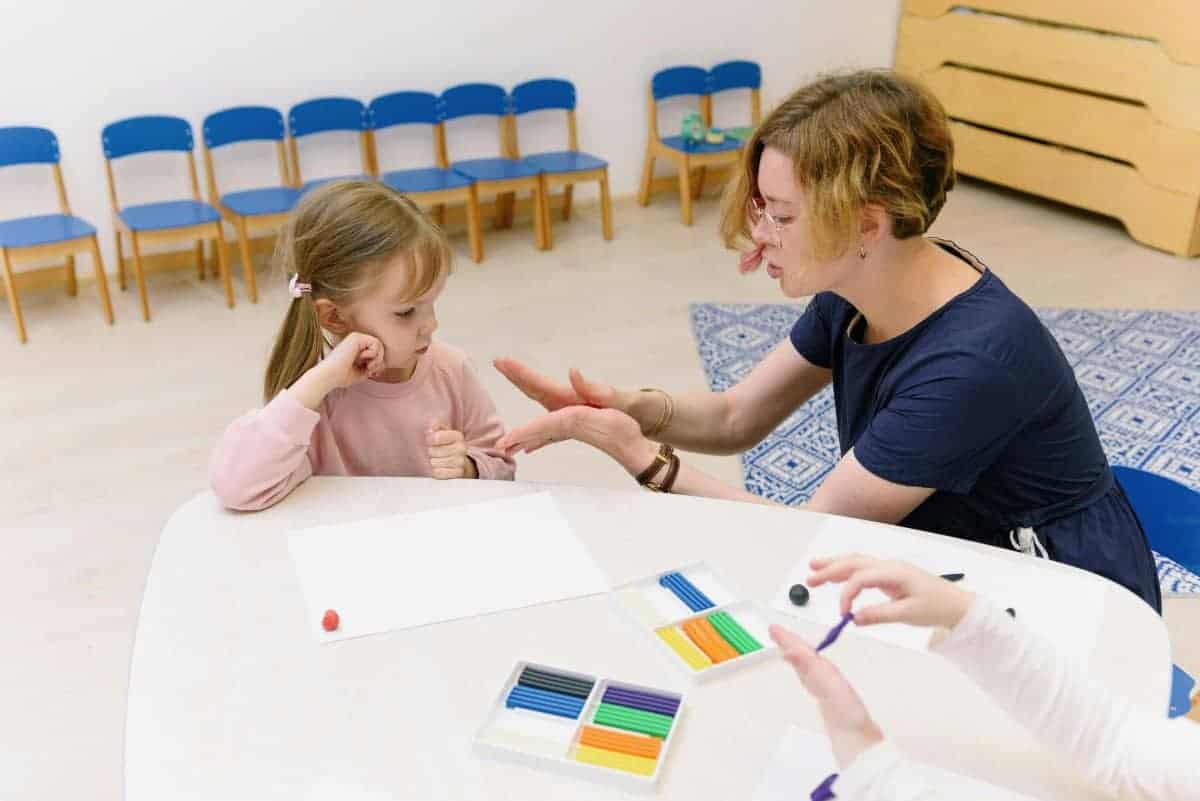
Children with ADHD often process information better when instructions are short and straightforward. Instead of giving a long list of tasks, try breaking directions into single steps. For example, say, “Please put your shoes on,” instead of, “Get ready to go outside by putting on your shoes, grabbing your jacket, and finding your backpack.” Visual aids or checklists can reinforce verbal directions and help your child track their progress. Simple, clear communication reduces overwhelm and boosts confidence in completing tasks.
Offering Positive Reinforcement

Immediate, specific praise can motivate children with ADHD to repeat positive behaviors. Instead of vague praise like “Good job,” try “I love how you put your toys away right after I asked!” Consistent rewards, such as extra playtime or choosing a family activity, reinforce good habits. Small privileges or verbal encouragement work best when given right after the desired behavior. Remember, frequent and clear positive reinforcement is far more effective than criticism for building self-esteem and guiding behavior.
Creating a Calm Environment

A calm, organized space helps children with ADHD concentrate and feel secure. Designate specific areas for play and homework, keeping them free from clutter and unnecessary distractions. Soft lighting and reduced background noise—like turning off the TV or using noise-canceling headphones—can improve focus. Tidy, orderly environments are often less overwhelming than cluttered spaces filled with competing sensory inputs. Consider calming sensory aids such as gentle music, weighted blankets, or soothing scents to create a peaceful atmosphere that supports your child’s attention and well-being.
Practicing Mindful Listening

Active, mindful listening reassures children with ADHD that their thoughts and feelings matter. Instead of responding while distracted, give your full attention—make eye contact, nod, and paraphrase what your child says. For example, try saying, “So you felt upset when that happened?” This approach invites open communication and builds trust. Allow your child time to express themselves without rushing or interrupting. Mindful listening fosters a supportive environment where your child feels truly understood.
Using Visual Schedules
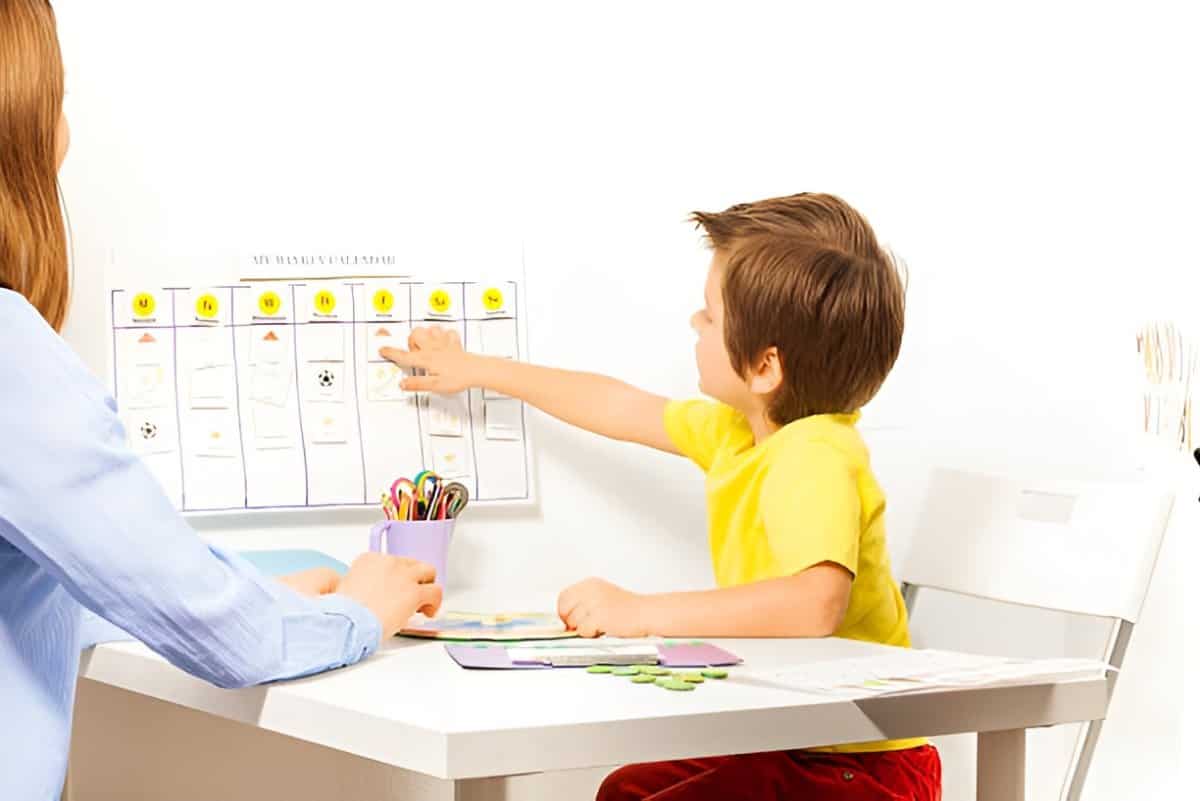
Visual schedules offer children with ADHD clear, concrete cues to guide their day. Picture charts, color-coded calendars, and step-by-step visuals help reinforce routines and expectations. Compared to verbal instructions alone, pairing words with images makes it easier for children to remember tasks and transitions. For instance, a chart showing morning steps—wake up, get dressed, eat breakfast—can reduce confusion and improve independence. Visual supports are especially helpful for kids who struggle to focus or recall multi-step directions.
Breaking Tasks Into Smaller Steps
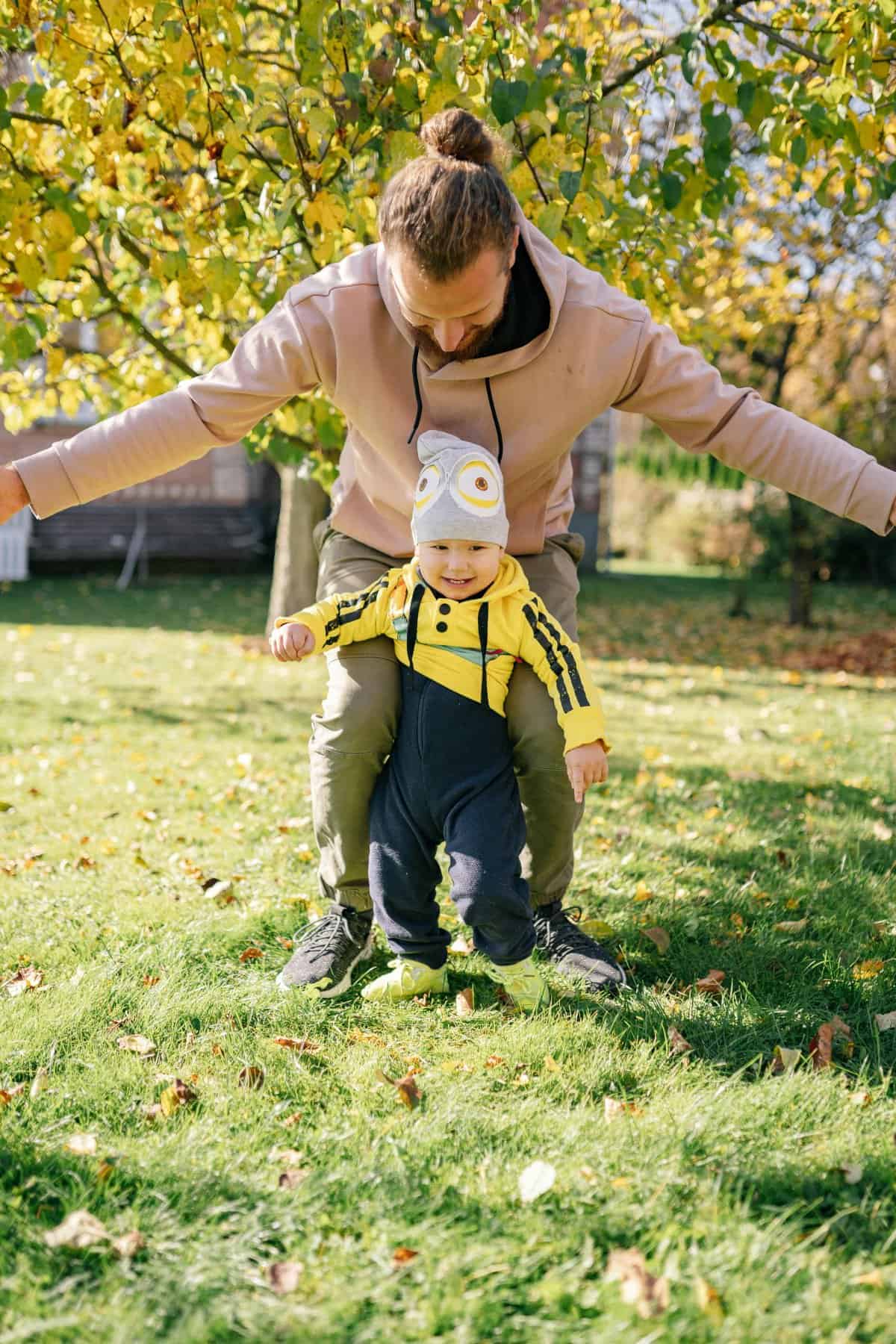
Large tasks can seem overwhelming for children with ADHD, leading to frustration or avoidance. Dividing projects into smaller, manageable steps makes them less daunting and more achievable. For example, instead of telling your child to clean their entire room, break it down: “First, pick up your clothes. Next, put away your toys. Then, make your bed.” This approach transforms a big job into a series of quick wins, boosting motivation and giving your child a sense of accomplishment with each completed step.
Encouraging Physical Activity

Regular movement is essential for children with ADHD, helping them manage energy and improve focus. Activities like dancing, playing sports, or time at the playground provide healthy outlets for restlessness. Sedentary routines can amplify hyperactivity or frustration, while active lifestyles tend to support better mood and self-control. Frequent physical activity not only channels excess energy but also sharpens attention, making it easier for your child to engage in everyday tasks. Aim for fun, varied movement throughout each day.
Practicing Patience and Empathy

Parenting a child with ADHD requires patience and empathy. Reacting with frustration or punishment can worsen behavior, while empathetic support helps your child feel understood and valued. For example, when your child struggles to focus or follow directions, try calmly acknowledging their feelings: “I see this is hard for you, and that’s okay. Let’s try together.” This approach fosters trust and resilience, making it easier for your child to learn from mistakes and build emotional strength. Compassionate responses create a safe space for growth and cooperation.
Using Gentle, Consistent Discipline

Children with ADHD benefit from gentle, predictable discipline that sets clear boundaries without harshness. Instead of punitive measures, focus on gentle correction—like “time-ins,” where you sit together to calm down, or allowing natural consequences. For instance, if a toy is thrown, it’s put away for a while. These consistent responses teach responsibility without shaming or anger. Harsh discipline can increase anxiety and resistance, while gentle, steady approaches help your child learn from mistakes and understand the impact of their actions.
Teaching Self-Regulation Skills

Helping children with ADHD develop self-regulation skills is key for managing impulses and emotions. Teach techniques like deep breathing, counting to ten, or taking a quick break when feeling overwhelmed. Children who learn these coping skills are better equipped to pause and think before reacting, compared to those who aren’t taught such strategies. Over time, these tools foster greater independence, confidence, and emotional control. Practicing self-regulation together encourages healthy habits that benefit your child well into adulthood.
Building on Strengths and Interests
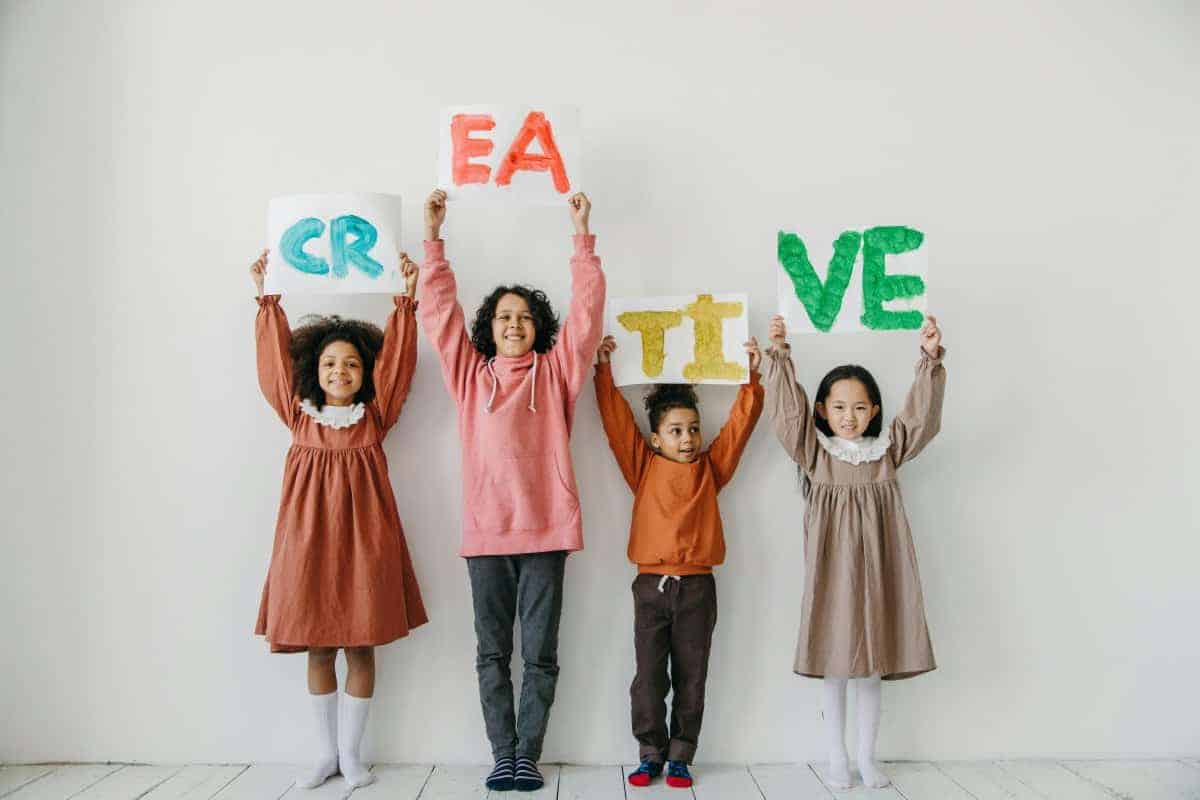
Nurturing your child’s unique talents and passions can be incredibly empowering for children with ADHD. Encourage hobbies, sports, or academic subjects they enjoy—whether it’s painting, building, or reading about dinosaurs. Focusing on strengths, rather than constant correction, boosts motivation and self-esteem. When children feel successful in areas they love, they’re more likely to approach challenges with confidence. Celebrating what makes your child special helps them see their own value and develops a positive self-image.
Setting Realistic Expectations
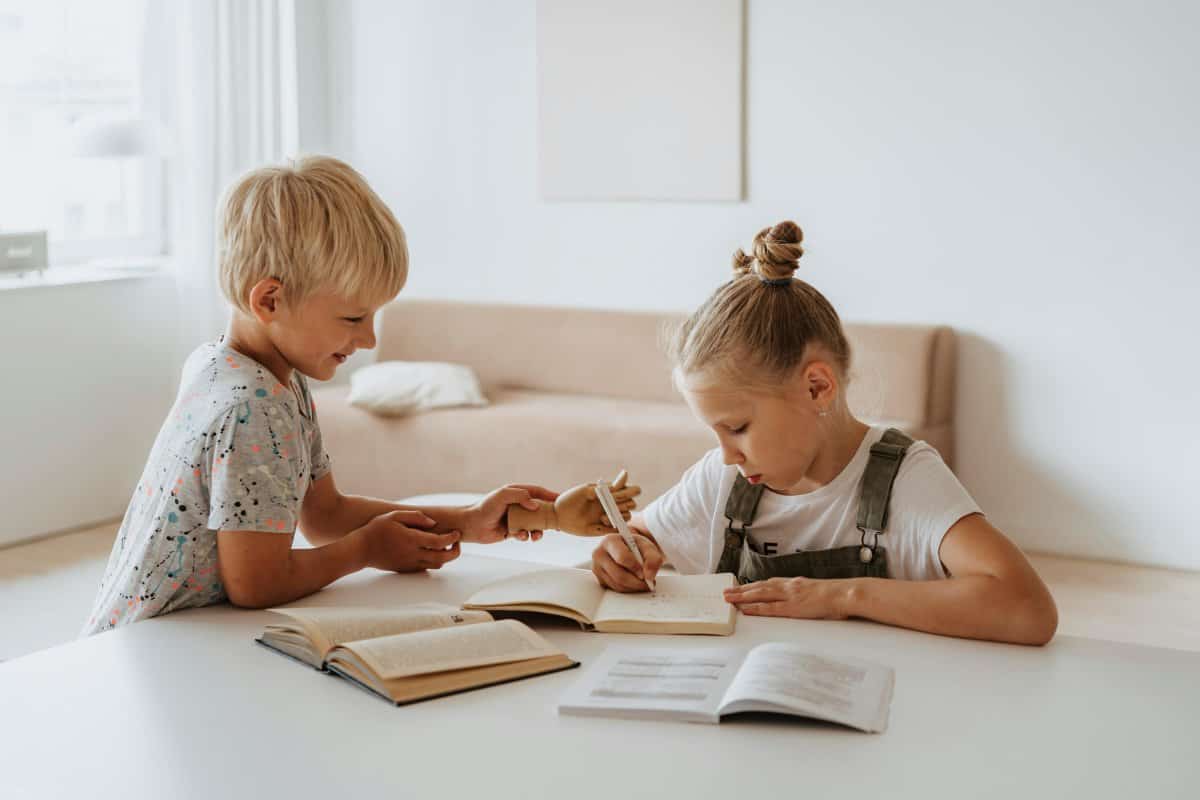
Every child with ADHD is unique, so it’s important to adjust your expectations to fit your child’s individual abilities. Rigid standards can lead to frustration, while flexible, achievable goals build confidence. Instead of demanding perfection, celebrate small steps and progress—like completing homework with fewer reminders or trying a new activity. This approach reduces stress for both you and your child, making daily life more positive. Recognizing effort over outcome helps foster resilience and a healthy sense of accomplishment.
Encouraging Open Communication

Open, honest dialogue is essential for building trust with your child. Regular check-ins—like chatting before bed or during meals—give your child a chance to share feelings without fear of judgment. Compared to silence or one-sided conversations, two-way communication helps children feel secure, valued, and understood. Listening without criticism encourages your child to open up about struggles and successes alike. This safe space for expression can strengthen your bond and make problem-solving more collaborative and effective.
Seeking Support and Collaboration

You don’t have to navigate ADHD parenting alone. Building a strong support network—including teachers, school counselors, therapists, and extended family—can make a world of difference. Collaborate on strategies, share challenges, and celebrate successes together. For example, coordinating with teachers on consistent classroom approaches or leaning on relatives during tough times can lighten your load. Compared to managing everything solo, seeking help from your community reduces stress and leads to better outcomes for your child. Teamwork fosters understanding and makes the journey more manageable.
Conclusion

Raising a child with ADHD is a unique journey filled with both challenges and opportunities for growth. By embracing gentle strategies—from setting routines and using clear communication to encouraging strengths and seeking support—you can foster cooperation, resilience, and self-esteem. A compassionate, strengths-based approach not only nurtures your child’s potential but also builds deeper trust within your family. Remember, progress often comes in small steps. Your patience and empathy make a difference. Stay hopeful, trust your instincts, and celebrate every victory along the way.
.article-content-img img { width: 100% }




